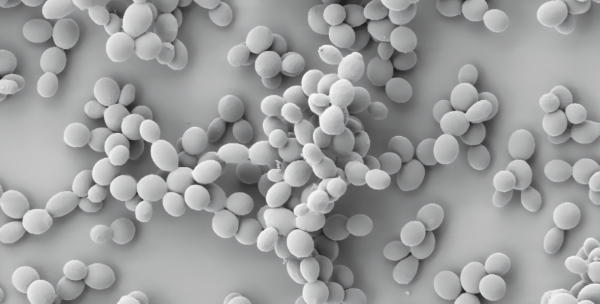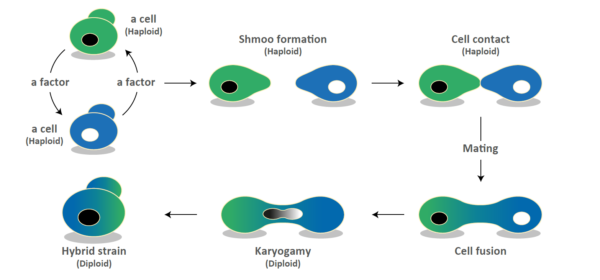Blog | Reading Time 3 minutes
Perspectives on the future of yeast and yeast products
Brewing in all forms has helped spur scientific advancement. Medicine, engineering, biotechnology and even mathematics can be linked to people developing more efficient brewing technology. The science of microbiology itself arguably was founded to better understand and control spoilage in wine and beer, with names like Louis Pasteur and Christian Hansen often mentioned in the same breath. This trailblazing continues today, in the era of advanced biocomputing and bioinformatics.
Yeast as the foundation for innovation
While emphasis is primarily placed on human and animal health, much of the technology to accomplish this today is possible due to the long-term study of humanity’s oldest domesticated companion, Saccharomyces cerevisiae. Sometimes referred to as “the perfect model organism,” its plasticity, resilience and safety make it ideal for many biotech applications — ranging from vaccine production to high quality protein supplementation.
Companies like Lallemand take full advantage of these qualities, delivering products destined for improved human, animal and plant health, boosting nutritional and flavor value of foodstuffs, and (possibly most importantly) the production of high-quality beer and wine. The key to innovative products stems from a company culture of information distribution. Business units like Brewing work closely with the interconnected R&D labs within Lallemand Inc., to develop a variety of novel products across multiple disciplines. The most exciting recent innovations make use of cutting-edge genetic engineering techniques and computational biology to develop completely novel brewing products.
What we can expect from brewing yeast in the near future
The advent of novel hybrids has led to unique yeast solutions such as the non-diastaticus, thermotolerant LalBrew Farmhouse™ Hybrid Saison. Novel strains discovered through bioprospecting are being developed through industry partnerships, which may span multiple institutions across the globe. Other innovative approaches include the directed use of naturally occurring metabolic pathways that significantly reduce — or completely eliminate — the production of hydrogen sulfide (H2S) during normal fermentation. The manipulation and introduction of desirable traits using non-GMO hybridization techniques ensures widespread adaptation within the brewing industry that provide tangible benefits, such as significantly reduced aging time for lager beers, or safer and lower contamination risk among packaged beers associated with diastaticus-variant strains. While these particular metabolic pathways are known to exist in nature through natural evolution, the real trick here is finding that one clone that also produces fantastic beer, a prospect that takes time, effort, and the right technology.
The R&D teams throughout Lallemand Inc. play a vital role in maintaining innovation dominance within the dried yeast industry. Products such as Sourvisiae®, LalBrew Farmhouse™, and WildBrew Philly Sour™ emphasize key technological categories: bioengineering, non-GMO hybridization, and bioprospecting for the development of novel products. All of this is made possible through the interaction and cooperation of all business units under the Lallemand umbrella. As brewing trends ebb and flow, the diverse array of people, technology, and yeast will continue to push innovation forward and into unexplored territories.
Published Aug 20, 2022 | Updated Jul 23, 2023
Related articles
Need specific information?
Talk to an expert


